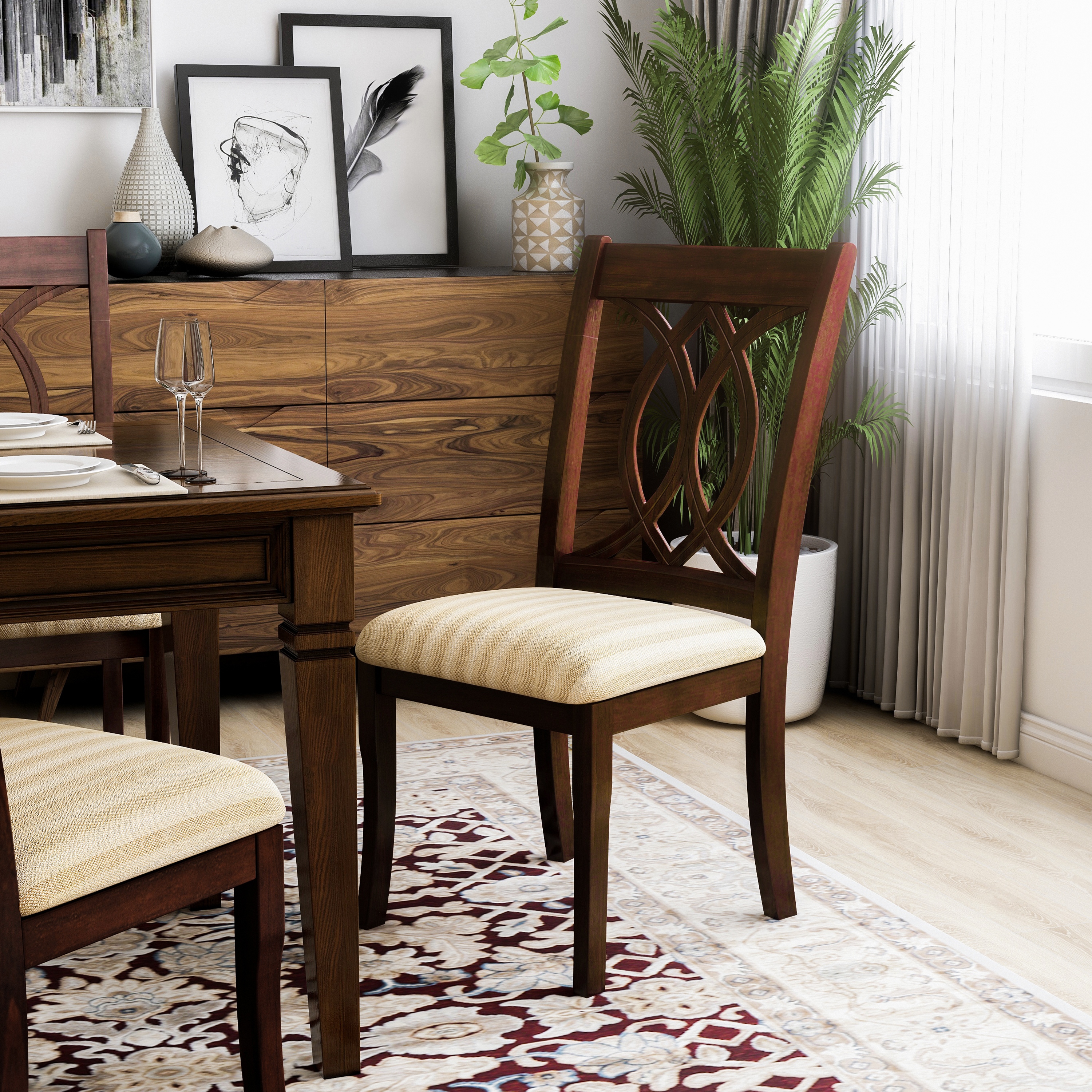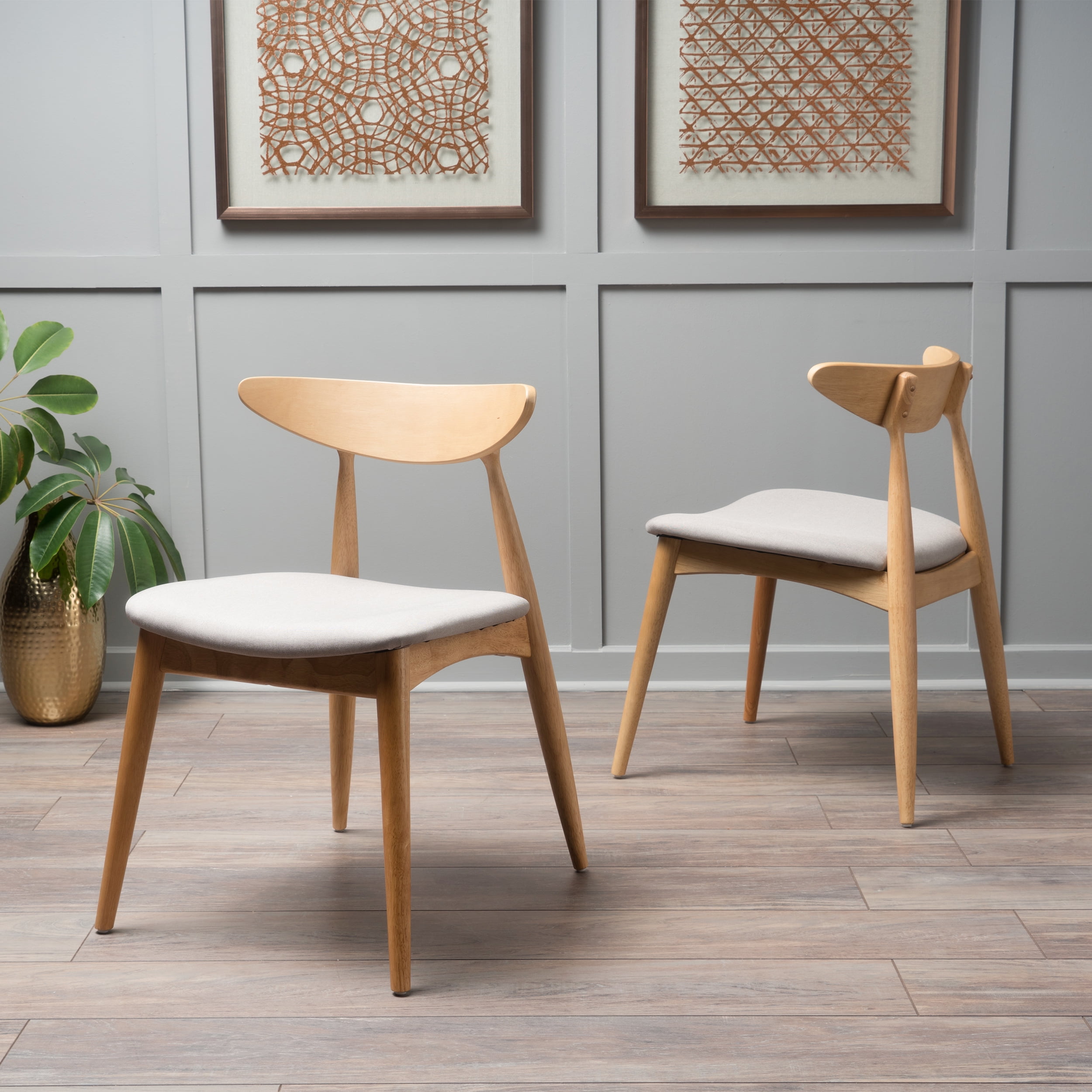Popular Dining Room Chair Styles
.jpg)
The design of a dining room chair is more than just aesthetics; it’s a reflection of our personal style and a testament to the craftsmanship that brings comfort and elegance to our shared meals. Just as a well-crafted meal nourishes the body, a well-designed chair nourishes the soul, providing a space for rest, conversation, and connection. Let us explore the diverse landscape of dining chair styles, each with its own unique story to tell.
Dining room chair designs – Understanding the various styles available allows us to choose chairs that resonate with our personal vision and enhance the overall ambiance of our dining space. The selection should consider not only the visual appeal but also the practical aspects of durability, comfort, and ease of maintenance.
Five Popular Dining Room Chair Styles, Dining room chair designs
Below, we delve into five distinct dining chair styles, examining their defining characteristics and common materials. Each style offers a unique perspective on comfort, design, and functionality, allowing for a wide range of choices to complement diverse tastes and interior designs.
| Style | Key Features | Typical Materials | Price Range | Formal/Informal | Maintenance |
|---|---|---|---|---|---|
| Classic Victorian | Ornate carvings, high backs, upholstered seats | Wood (mahogany, cherry), velvet, leather | $$$ | Formal | High |
| Mid-Century Modern | Simple lines, tapered legs, often minimalist design | Wood (walnut, teak), vinyl, fabric | $$ | Informal/Formal | Medium |
| Farmhouse | Rustic charm, solid wood construction, often distressed finish | Wood (pine, oak), fabric | $ – $$ | Informal | Low |
| Industrial | Metal frames, exposed rivets, often paired with leather or wood seats | Metal (steel, iron), wood, leather | $$ | Informal | Medium |
| Contemporary | Clean lines, sleek silhouettes, innovative materials | Plastic, metal, upholstered fabrics, wood | $ – $$$ | Informal/Formal | Variable |
Three Modern Dining Room Chair Designs
Modern chair design pushes boundaries, employing innovative materials and construction techniques to achieve both aesthetic appeal and exceptional functionality. The following examples highlight the evolution of design, showcasing the advantages and disadvantages of each approach.
Design 1: The molded plastic chair. Often made from polypropylene or other durable plastics, these chairs are lightweight, stackable, and easily cleaned.
- Advantages: Lightweight, stackable, durable, easy to clean, affordable.
- Disadvantages: Can feel less comfortable for extended periods, may not be as aesthetically pleasing to all.
Design 2: The bentwood chair with a bio-based composite seat. This design combines traditional bentwood craftsmanship with sustainable materials. The curved wood frame provides structural integrity and visual elegance, while a bio-based composite seat offers comfort and eco-friendliness.
- Advantages: Sustainable materials, comfortable, elegant design, strong and durable.
- Disadvantages: May be more expensive than plastic chairs, requires careful cleaning to maintain the composite material.
Design 3: The 3D-printed chair. Utilizing additive manufacturing, these chairs offer unparalleled design freedom and customization options. They can be created from various materials, including recycled plastics, allowing for unique shapes and textures.
- Advantages: Highly customizable, sustainable material options, complex designs possible.
- Disadvantages: Can be expensive, manufacturing process may be slow, durability depends on the material used.
Evolution of Dining Room Chair Design (Past Century)
The past century has witnessed a dramatic evolution in dining room chair design, reflecting broader societal shifts in style, materials, and manufacturing processes. This evolution mirrors our changing needs and desires, from the emphasis on formality to the embrace of casual comfort.
Early 20th Century (1920s-1940s): This era saw a continuation of traditional styles, with a focus on craftsmanship and elegant materials like mahogany and walnut. Upholstery was often plush, reflecting a sense of opulence. The Art Deco movement introduced geometric forms and streamlined designs.
Mid-20th Century (1950s-1970s): The mid-century modern aesthetic emerged, characterized by clean lines, tapered legs, and the use of new materials like molded plywood and plastic. This era emphasized functionality and affordability.
Late 20th Century (1980s-1990s): Postmodernism brought a playful eclecticism, with a mix of styles and materials. There was a growing interest in reviving traditional styles, often with a contemporary twist.
Early 21st Century (2000s-Present): Contemporary design embraces innovation and sustainability. New materials, advanced manufacturing techniques, and a focus on ergonomics have shaped the current landscape of dining chair design. Minimalism, industrial styles, and a renewed appreciation for handcrafted pieces are prominent trends.
Dining Room Chair Design and Interior Styles: Dining Room Chair Designs

The design of your dining room chairs is a silent sermon, preaching a tale of your home’s personality. It’s a testament to your aesthetic sensibilities, a reflection of your inner sanctuary. Choosing the right chairs isn’t just about comfort; it’s about harmonizing form and function, creating a space where gatherings resonate with both beauty and peace. This careful consideration elevates the dining experience from a mere meal to a sacred ritual, a communion of shared moments and cherished memories.
Dining Chair Design’s Harmony with Interior Styles
The synergy between dining chair design and overall interior style is paramount. Each style possesses a unique soul, and the chairs must speak its language fluently. A discordant note can shatter the ambiance, while a harmonious chord enhances the overall serenity.
In minimalist interiors, characterized by clean lines and uncluttered spaces, chairs should echo this simplicity. Think sleek, slender frames in neutral colors, perhaps a light oak or a pale grey, upholstered in simple linen. The absence of excessive ornamentation allows the chair’s inherent form to shine.
Traditional interiors, often opulent and detailed, call for chairs that embrace this richness. Consider richly carved wood, perhaps mahogany or cherry, with plush velvet or damask upholstery. Ornate details, such as scrolled arms and cabriole legs, add to the regal atmosphere. These chairs are a testament to enduring craftsmanship and timeless elegance.
Rustic interiors, with their emphasis on natural materials and handcrafted charm, benefit from chairs that reflect this earthiness. Think sturdy wooden frames, perhaps reclaimed wood with visible grain, possibly paired with simple, natural fiber upholstery like burlap or linen. The chairs should feel solid, grounded, and welcoming, embodying the warmth of a countryside retreat.
Mid-century modern interiors, known for their clean lines and organic forms, require chairs that embody this balanced aesthetic. Consider tapered legs, simple geometric shapes, and materials like teak or walnut. Upholstery could be in a bold color, but the overall design should maintain a sense of understated sophistication. These chairs are a celebration of functionality and form, seamlessly blending into the overall design.
Color and Fabric Choices: Enhancing the Dining Room
The color and fabric of your dining chairs are potent tools, capable of transforming the mood and atmosphere of your dining room. They are the brushstrokes that complete the masterpiece.
Consider a dining room with a predominantly neutral palette – think soft greys and creams. Introducing dining chairs upholstered in a vibrant emerald green velvet would create a striking yet sophisticated contrast. The deep green adds a touch of luxury and drama, while still complementing the overall calmness of the space. The velvet adds a luxurious texture that elevates the experience.
Alternatively, imagine a dining room painted in a deep navy blue. Choosing dining chairs with light beige linen upholstery would provide a beautiful contrast. The light beige creates a sense of airy brightness, softening the intensity of the navy walls. The linen adds a relaxed, informal feel, making the dining space inviting and comfortable.
Another option would be to use a bold patterned fabric on the chairs to add personality and visual interest to a neutral room. A chair upholstered in a geometric pattern, using shades of ochre, teal, and cream, would bring life and visual excitement to a room with a predominantly beige palette. The pattern provides a focal point, making a statement without overpowering the space.
